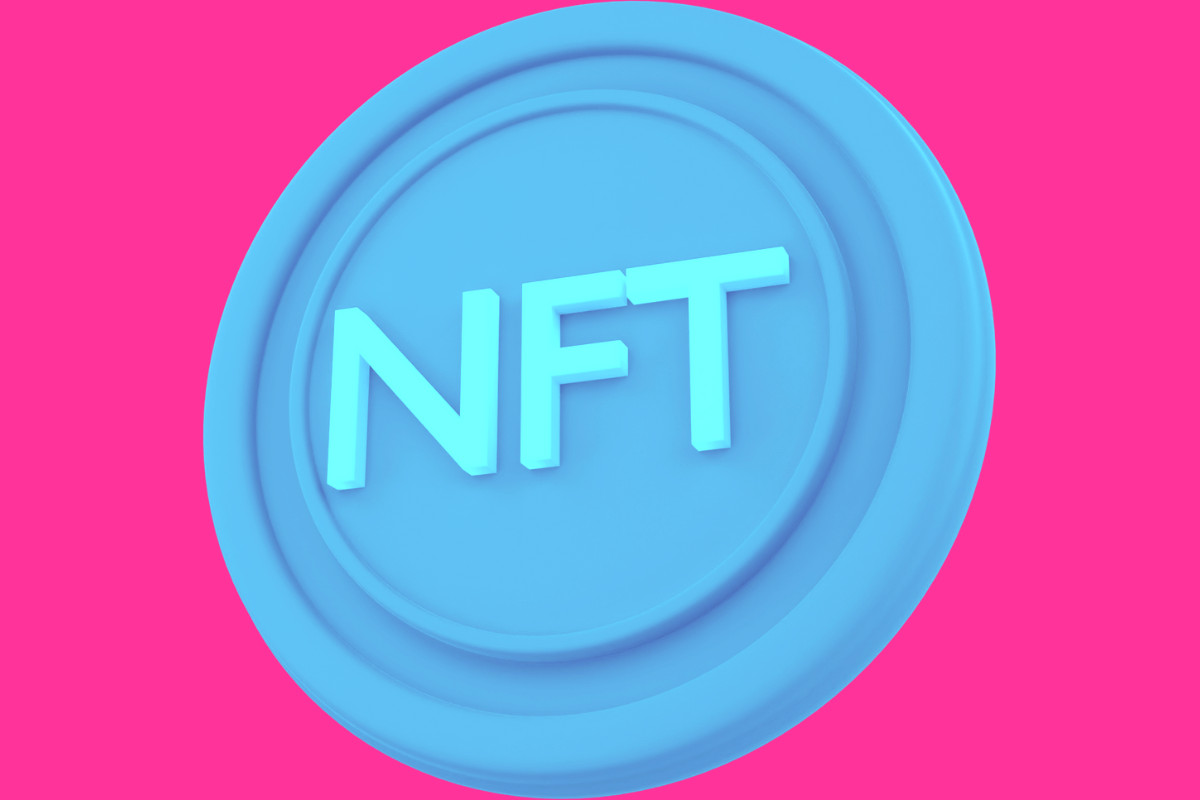Sceptical about the legitimacy of NFTs? Could they be the newest device used to inject fraudulent money into the economy? Let’s look into it…
Non-fungible tokens have just entered the art world as a daring new protagonist, hailed by some with excitement and by others with scepticism.
The artist Beeple’s “Everydays: The First 5,000 Days” sold for $69.3 million at Christie’s, shocking the art world, but there is still a lot of misunderstanding about this new form of expression and what it means to possess an NFT.
NFTs are computer representations of actual stuff, such as artwork, music, virtual goods, and films. These digital assets are valuable collectables that have blockchain registration.
Each token is made up of a digital file and a “smart contract,” which is a code-written, immutable contract that specifies the conditions for an NFT token’s ownership and legitimacy. These tokens so provide a challenge to the conventional approaches to seeing, purchasing, and selling art.
However, many people are sceptical about the authenticity of NFTs and what they may really be used for, similar to how many feel about crypto. Are they really valued as pieces of art or are they just the newest money-laundering tool?
Like with fine art, the value of NFTs is subjective, which leaves a lot of room to manoeuvre when it comes to the perceived value of a particular digital artwork. This means that there is technically, and quite easily, cause for concern with possible money laundering.
An NFT may be quickly moved from one wallet or owner to another, much as with cryptocurrencies.
NFTs’ unpredictable pricing, on the other hand, is what makes them so alluring for money laundering. While the price of Bitcoin in EUR is determined by supply and demand in the market, the price of NFTs is extremely speculative.
In reality, an NFT that was just purchased for 1 EUR may be sold the next day for 1,000,000 EUR. Because of this, NFTs are appealing for using legal transactions to launder illicit money.
While blockchains make it possible to track these transfers between wallets, it’s now simpler than ever to send money anonymously without the identity of the wallet owner.
For these reasons, the NFTs pose a serious danger regarding possible money laundering and economic fraud. This doesn’t necessarily mean that NFTs are being used for financial crime though, of course.
Checking if the transaction price is consistent with the fair market value of the object being transferred is the simplest technique to identify suspected trade-based money laundering.
Typically, an appraiser’s suggested price for paintings would be that amount. It is challenging to determine what a fair market price should be given how fresh and unstable the market for NFTs is right now, particularly since there are no antecedents to draw precedence from.
Despite the fact that purchases are listed on a public ledger, buyers may stay anonymous, which is a big advantage for anybody trying to covertly launder their assets. There is no safeguard in place to stop money launderers from opening many accounts and moving money around in them to further bury the trail.
Customer identification is the most important component of KYC (Know Your Customer), which is now a key component in the fight against financial crime and money laundering. This is because it comes first and helps the other phases of the process run more smoothly.
When creating an account and on a regular basis after that, it is required to identify and confirm the customer’s identification via a KYC or KYC (know your client) check. Businesses of many stripes, including bookmakers and banks, utilise it.
If a customer does not comply with the minimal KYC criteria, responsible businesses may refuse to create an account or terminate a business relationship.
It is ultimately just a matter of time until the authorities expand their AML coverage to NFTs, given their growing popularity and notably their explosive trading volumes.
In parallel, the same debate over decentralised finance is taking place.
Furthermore, compliant systems with appropriate KYC processes might encourage widespread usage. To avoid money laundering itself, brands and institutional investors in particular need compliance solutions.
The majority of NFTs are now bought using Ethereum’s resident currency, Ether, which can be converted from fiat currencies on exchanges.
Blockchain networks like Ethereum and Solana, in contrast to bitcoin, which only serves as a payment network and money, let users create applications that may store personal data and establish rules for intricate financial transactions.
These are what are referred to as “smart contracts,” which are digital contracts that are recorded on a blockchain and are executed automatically when certain criteria are satisfied, such as when an NFT changes ownership and the original artist gets royalties.
You must create a digital wallet to save your cryptocurrency in order to purchase NFTs. You may link these platforms to the marketplace where you want to purchase NFTs, such as one of the marketplaces below, by using Gemini, Metamask, Binance, and Coinbase as examples.
NFTs are often sold via an auction mechanism in which you place a bid on the NFT. The NFT may be purchased right now for a predetermined price on several websites, such OpenSea.
Before you look to buy a particular NFT, you will need to get your hands on some Ethereum.
Depending on the NFT marketplace you wish to buy NFTs from, you must next transfer your newly acquired Ethereum to an Ethereum-compatible crypto wallet, such as Coinbase Wallet, eToro Money Wallet, or MetaMask.
Money in exchange does not always signify that you have money in a wallet since the two are distinct. You may store, transmit, and receive cryptocurrencies, including NFTs, in a crypto wallet.
You may purchase NFTs directly from any NFT marketplace that links to your wallet after funding it, such as OpenSea, Coinbase, or Crypto.com, after doing so.
Share via:
Author
Administraroot


